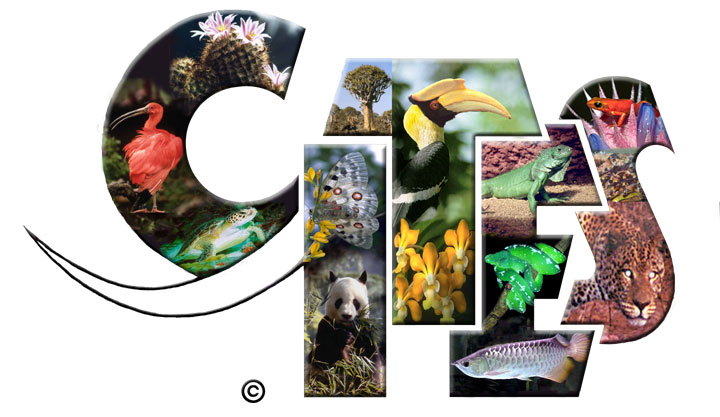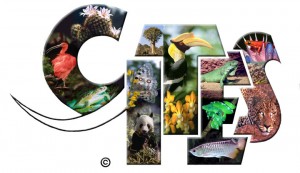Representatives from 177 nations will determine the future of the world’s most threatened species when they convene in Bangkok, Thailand from March 3-14, 2013. Both oceanic and reef mantas are being considered for listing under the Convention on International Trade in Endangered Species (CITES).
CITES is an international agreement between governments that aims to protect wildlife against over-exploitation, and to ensure that international trade does not threaten their survival. Because the trade in wild animals and plants crosses international borders, efforts to regulate it require international cooperation. CITES was adopted in 1973 in the spirit of such cooperation, and has since grown from 80 to 177 member states.
CITES provides the framework for protecting threatened species from over-exploitation, but its impacts are even wider. The illegal wildlife trade may compromise national security, hinder social and economic development, destroy natural capital and threaten global health through the transmission of disease. The global trade in wildlife products is worth a staggering US$12 billion annually, with little of this value returning to source countries.
The international trade in gill rakers is one of the largest threats to manta rays, helping to drive population reductions of up to 86% over the last six to eight years. Manta ray fisheries are largely unregulated and unreported, and while manta products attract high values in demand countries, little of this trickles back into the economy of source countries.
Indonesia’s manta fishery is worth an estimated US$475,000 every year, and is the world’s largest producer of manta ray products. In contrast, Indonesia’s manta tourism generates in excess of US$18 million every year.
Indonesia has been a member of CITES since 1979. This year’s proposal provides an opportunity for Indonesia to protect the natural, social and economic value of its manta ray populations. CITES provides the framework through which Indonesia can work with other nations to better regulate and control this fishery, while maintaining sustainable populations and the integrity of its marine tourism sector. At the same time, CITES could provide the impetus for improved research, monitoring and management of sharks and rays in Indonesian waters, fulfilling commitments under the International Plan of Action for Sharks and Rays.
We all have a roll to play in ensuring a positive outcome for manta rays at CITES in 2013. Write to your environment minister, and urge your government to vote “yes” to listing mantas under CITES. Join the conversation on Twitter by following the hashtags #CITES and #SaveMantaRays. Or sign the petition to Save Manta Rays in Indonesia.



